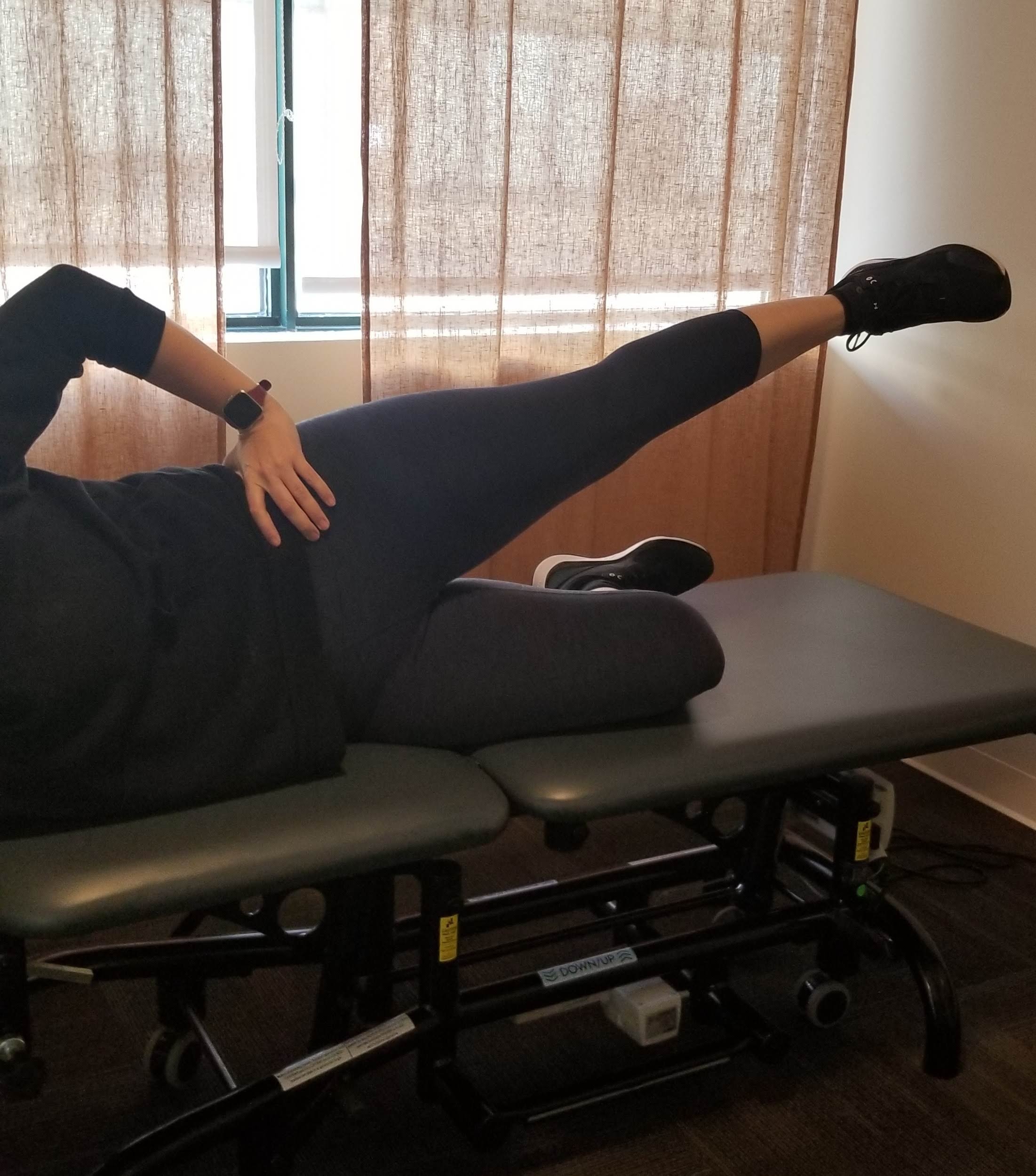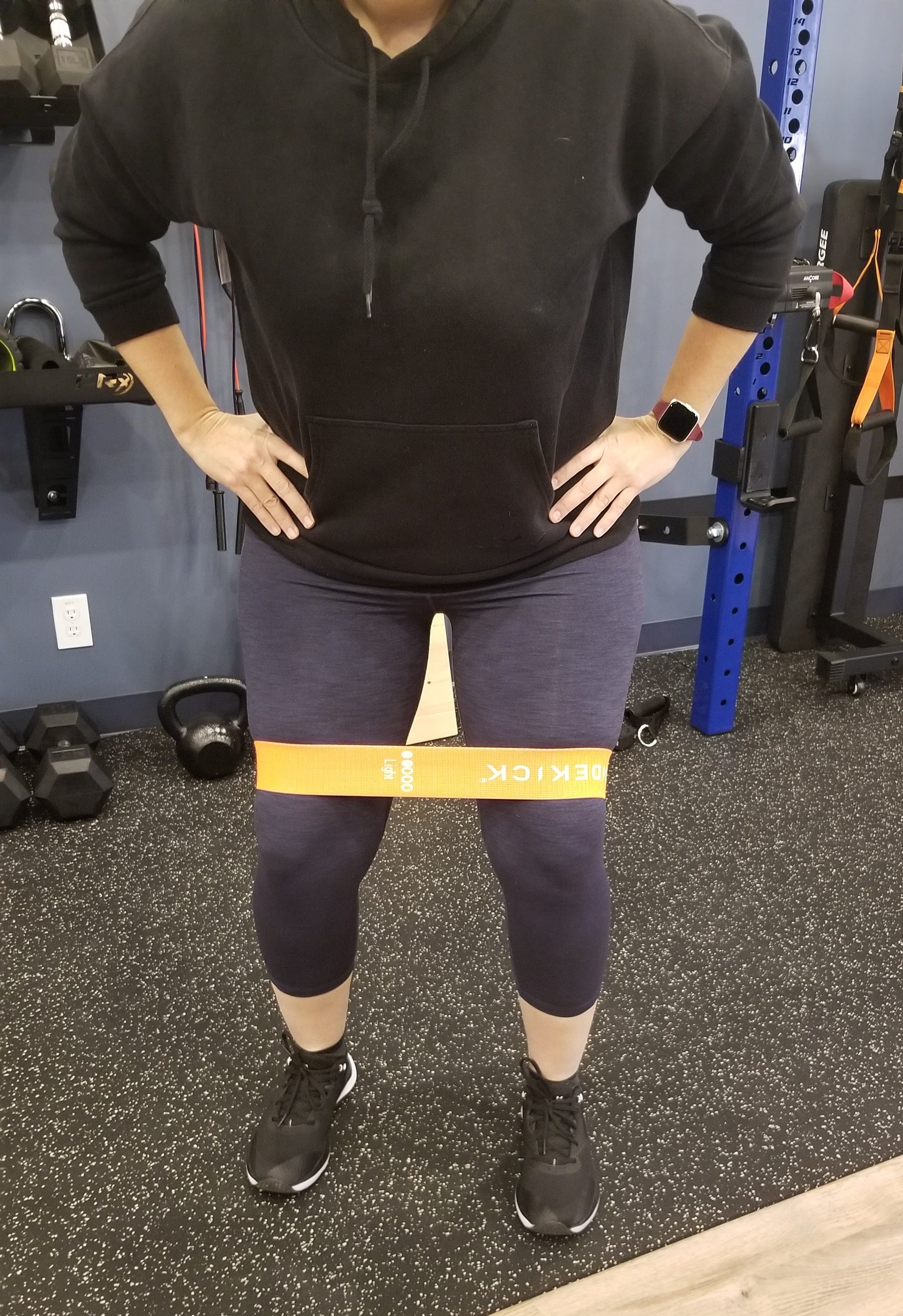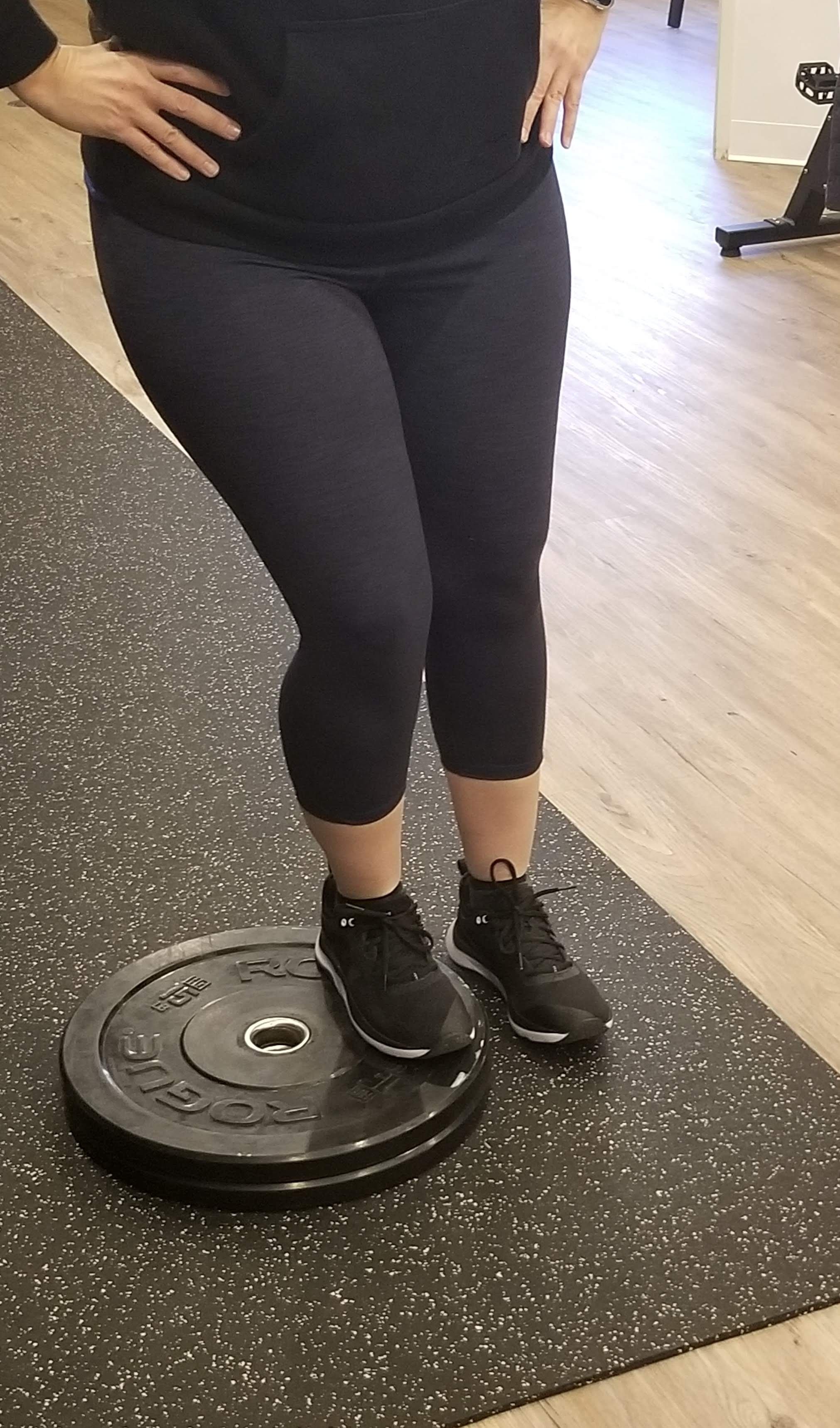Patellofemoral pain
5 strengthening exercises to try
Patellofemoral pain, also known as PFP and previously known as patellofemoral pain syndrome (PFPS) is one of the most common causes of knee pain. PFP can significantly impair a person’s quality of life and interfere with their activities. Although it is more often seen in women, it is prevalent in all populations. Activities which exacerbate this pain can include: running, climbing and descending stairs, squatting or walking downhills. The pain is usually at the front of the knee or around the patella (kneecap).
Clinical experience and research (1,2) have influenced the way I manage my patients with PFP. When creating an exercise program for patients with PFP, both quads (thigh muscle) and glute (buttock muscles) strengthening are the most important part of the rehab program.
The intensity of the pain plays a key role in deciding which exercises are prescribed. A little bit of pain is ok and not harmful (under 3/10 pain) but more than a 4-5/10 indicates that the exercises should be modified.
If your pain is above a 4/10 or easily aggravated, this is often a good starting point:
1) Isometric knee extensions - using a band around your shin, in a 60-90 degree knee bend, can be a very good way to strengthen the quads. In the limited range of bend the load should not aggravate the patellofemoral joint (PFJ). Hold 20-30 sec and do 5 reps
2) Side Lying Hip abduction or clamshells - glute and hip focused exercise with no load to the PFJ. Adding a band around the thighs makes the exercise more intense. 15 reps x 2 sets, move slowly
3) Mini squats - going down to a 30-40 degree knee bend. This is a quad focused exercise and at this angle will minimize the PFJ load, keeping the knee behind the toes will also lower the PFJ load. Adding a band around your thighs increases the glute recruitment. 15 reps x2 sets, move slowly
Bonus tip: Although not a strengthening exercise, adding a quad stretch in will help, as tight quads can increase load on the PFJ. Hold 30 sec x 2 reps
As the person’s pain improves or is less aggravated with the load, I then tend to progress the exercises to closed chain functional exercises. Here are some examples:
4) Small step downs - this is a combination of gluteus medius and quad focused exercise. As the step height increases so does the PFJ load. Start with a step that is 3-4 inches high - as you reach your heel to the floor in front, make sure the hips stay level and the knee does not fall in. 15 reps x 2 sets, move slowly.
5) Monster walks - this is a glute/hip focus exercise. It can be done with knees straight or done in a small squat or in the “ready position”. As you side step, make sure the shoulders stay over the hips and the knees do not fall in. Side step or step tap diagonally back, 5 reps then back the other direction for 5 sets.
Bonus: Alternative to the step down exercises would be a lateral step down - this is a combined glute and quad exercise. It increases glute recruitment because the knee does not travel as far forward. This may be more tolerated than the step down exercise. Make sure the hips stay level and the knee does not fall in. 15 reps x 2 sets, move slowly
For people who are worried or have been told that knee extensions are bad for the knee, stay tuned for this topic next time :-)
Brooke McKnight BScH, MScRehab, MScPT
Registered Physiotherapist at REclaim Physiotherapy
References:
1. Neal B, Bartholomew C, Barton C, Morrissey D, Lack S (2022) Six Treatments Have Positive Effects at 3 Months for People With Patellofemoral Pain: A Systematic Review With Meta-analysis. J Orthop Sports Phys Ther, 52(11), 750-768.
2. Nascimento, L. R., Teixeira-Salmela, L.F., Souza, R. B. & Resende, R.A. (2018). Hip and Knee Strengthening Is More Effective Than Knee Strengthening Alone for Reducing Pain and Improving Activity in Individuals With Patellofemoral Pain: A Systematic Review With Meta-analysis. Journal of Orthopedic & Sports Physical Therapy. 48(1):19-30.












